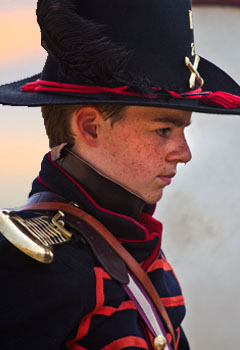
National Park Service
"Let us beware of our past errors. Let us not pronounce our generals imbecile, or traitors, or cowards, because they are not uniformly successful."
~Harper's Weekly-The Rebel Raid into Maryland
Saturday, September 27, 1862
Showing results 46-50 of 70
-
Harpers Ferry National Historical Park
Dixon Stansbury Miles
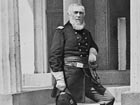
At Harpers Ferry, when not faced with floods and attacks by the Confederate forces, Miles drilled the soldiers to better prepare them for battle. Read more
-
John George Nicolay
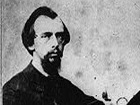
John Nicolay was a journalist and private Secretary to Abraham Lincoln during the Civil War. After the war, Nicolay served as American Consul in Paris and then Marshall of the U.S. Supreme Court. Read more
-
Robert Parrott
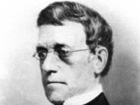
Robert Parrott was a businessman and inventor of the Parrott Rifled Cannon. Superior to its smooth-bore predecessors and most of its contemporary competition, the Parrott gun was used extensively by both sides in the American Civil War Read more
-
Allan Pinkerton
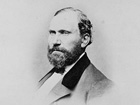
Allan Pinkerton was founder of America's first private police agency, which was employed to guard President Lincoln and gather intelligence on Confederate troop strength and movements. Read more
-
Manassas National Battlefield Park
John Pope
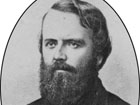
After Lee succeeded in stopping McClellan's push toward Richmond and sending the Army of the Potomac retreating toward Washington, he turned his attention to John Pope's Army of Virginia. Read more
